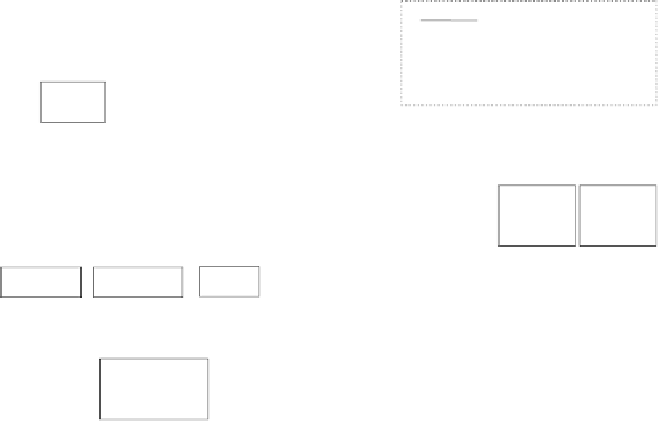Information Technology Reference
In-Depth Information
a class diagram. Let us note that the domain is not indicated, so the service is
domain-independent.
5.2 The Process Part
This part describes a process for achieving the service goal. The process part con-
tains three elements (see Fig.
6)
: an initial situation, a final situation, and a process
structure.
The initial situation indicates pre-conditions and artifacts necessary to process
realization. The final situation specifies the results and the post-conditions of the
process. The initial and final situations are described with process ontology terms.
A process structure can be atomic, composite, simple or decisional. Atomic pro-
cesses realize elementary goals; these goals are not decomposable into sub goals. An
atomic process is considered as an operational process. Composite processes corre-
spond to complex goals; they contain constituent processes organized with control
constructs. Control constructs indicate the manner in which constituent processes
are executed. In SO2M, constituent processes execution may be in sequence (i.e. in
a specific order) or in parallel (i.e. without a particular order). Constituent processes
within a composite process may be atomic or simple.
Decisional processes are a specific case of composite processes. Decisional pro-
cesses propose several alternative decompositions of a goal. Each de-composition
Legend : Elements annoted with
(Lgoal), (Lact), (Lproc), (Lprod) refer
respectively to the goal ontology,
the actor ontology, the process
ontology and the product ontology
Process part
1
(L
goal
)
Goal
(L
goal
)
Goal
(L
goal
)
Goal
1
realize
1
1
1
1
1..*
(Lproc)
Initial
situation
(Lproc)
Final
situation
Process
Process
Process
1..*
1..*
Decisional
Decisional
Decisional
Atomic
Composite
Simple
1..*
1..*
1..*
1
1..*
1
(Lproc)
control
construct
"choice"
control
construct
Constituent
process
Fig. 6
Process part of a
method service




























Search WWH ::

Custom Search